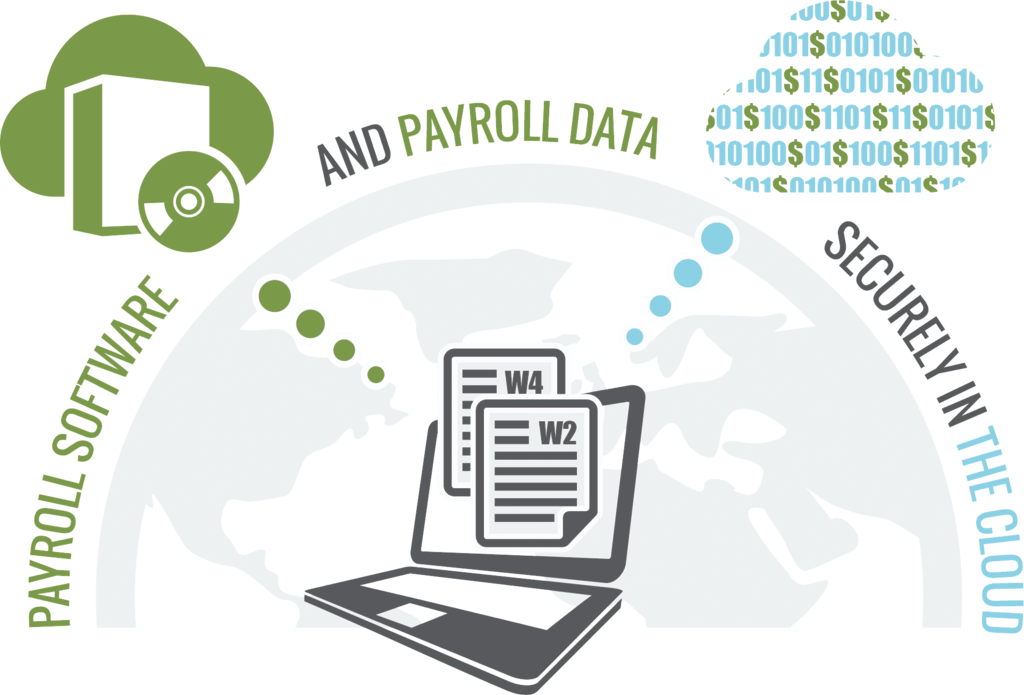From the October 2013 Issue.
Both accounting firms and industry accountants ask me regularly about opportunities for their firms. One area that has been avoided by industry and public practice CPAs alike is payroll. We’d prefer to transfer the work, liability, risk, schedule commitment and governmental reporting to someone else. And of course this led to great success by providers like ADP, Paychex and Ceridian who provided this service.
Should we even bother to look at payroll or the broader system of Human Resources (HR)? My answer has always been yes, and most professionals have historically smiled at me, and simply commented “you clearly don’t understand the problem”. I probably don’t since I have personally written a payroll system that is still in use today. Payroll systems are complex, the regulatory updates are frequent, and increasingly irrational, the restrictions by many states and localities are unreasonable, and the technologies were difficult.
Things are different today, and if you are still “old school” and think “get payroll out of here”, you may have an opportunity that you are passing by. If you have a concern for knowing costs, integrating HR or your accounting software or simply want to reduce your costs of producing a payroll, it may be time to revisit the new, simplified payroll and HR world.
In-house or public cloud?
Part of what has made payroll processing take off again is the wide availability of the internet. If we run applications in a browser, it eliminates the need to install local software. We have explained many times that software applications that run in a browser are called Software as a Service or SaaS. Examples for payroll include: AccountantsWorld PayRoll Relief (among the first!), ADP Run, Intuit Online Payroll (the old PayCycle), Paychex SurePayroll and Thomson myPay. Newer, low cost SaaS payroll competitors include Monchilla, Wave and Xero.
The key advantage to these approaches include: there is no local software to install, low cost per employee per payroll, choice of payment method including debit card, ACH and check, plus the governmental reporting including 941 and W2’s are either included or simple to generate at low cost. If the employees have recurring pay in the form of payroll, a one-time set up at the beginning of the year minimizes the effort for the entire year. Many of the products support import from Excel or Adobe PDF files that minimize the entry for hourly employees.
Traditional payroll applications can be hosted in a data center or run in-house. CYMA Payroll and HR, Open Systems TRAVERSE Payroll and HR, Paycom, Paycor, QuickBooks Enhanced Payroll, Sage 50 Payroll and Thomson Virtual Office Payroll CS would be examples of products that can be run using hosting services for traditional applications or maintained in-house.
The advantage of many of these products is the ability to run more than one company’s payroll. Some systems do not have a per employee charge. You can run the products at your convenience in your hosting provider or on your own network. You have access to the files so you can interface the results to other systems. You also benefit from the ability to integrate to local time clocks, your own web sites or proprietary systems. The number of traditional payroll providers is long. The products listed above are great products, but there are many other products that are great, too.
Flexibility, integration, control, security, lower cost and many more reasons exist for running your own payroll. However, there are still reasons to outsource your payroll: confidentiality of executive pay and bonuses, no internal resources to run the payroll, large tax liabilities that will be due by the company where you can transfer the liability to the outsourced company, integration to a more sophisticated HR system and integration to 401K or other retirement programs may be reasons to outsource. Another reason to outsource may be that you choose only to do those things that are in your core competencies.
So, What Should Be Your Strategy?
As said in more than one prior column, you should look at what you are trying to accomplish as a firm. If you are in public practice, think about the interfaces to your clients first. If you are in industry, think about how you interface with your accounting systems and employees. Payroll systems are easier, more flexible and secure than those of ten years ago. You may save time by doing your payroll in-house. If you are in public practice, you may wind up with a deeper client relationship and another service that ties a client to your firm. Let’s face it, most of us don’t want to change payroll systems unless we have to.
Think about your payroll and HR requirements. Do you need a self-service portal? Do you have non-banked employees? Do you need detailed costing information? Do you want to tie labor to a job? Would you like to see the actual blended labor rate on a project? Do you want hourly payroll information during or at the close of a shift? It is pretty clear that each client or firm has different perceived as well as real needs.
Payroll is not that hard to process and fairly easy to secure. Is it worthwhile to do now that the hardships are less? Fear and uncertainty unnecessarily surround payroll, and a good business lesson is that there is money to be made from Fear, Uncertainty and Doubt (FUD). Do we want to be involved in payroll or not to be? That is the question.
Thanks for reading CPA Practice Advisor!
Subscribe Already registered? Log In
Need more information? Read the FAQs
Tags: Firm Management, Human Resources, Payroll





